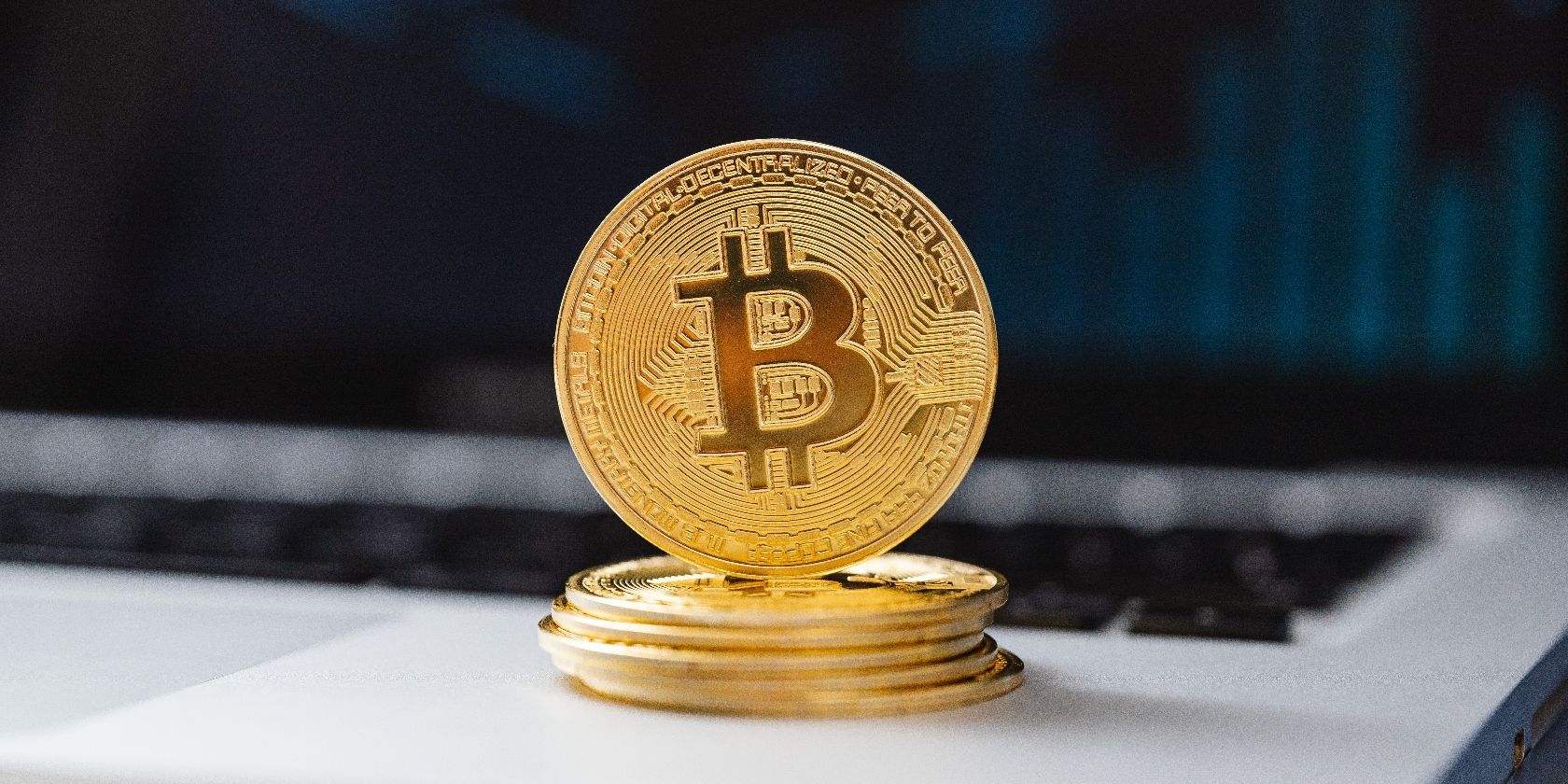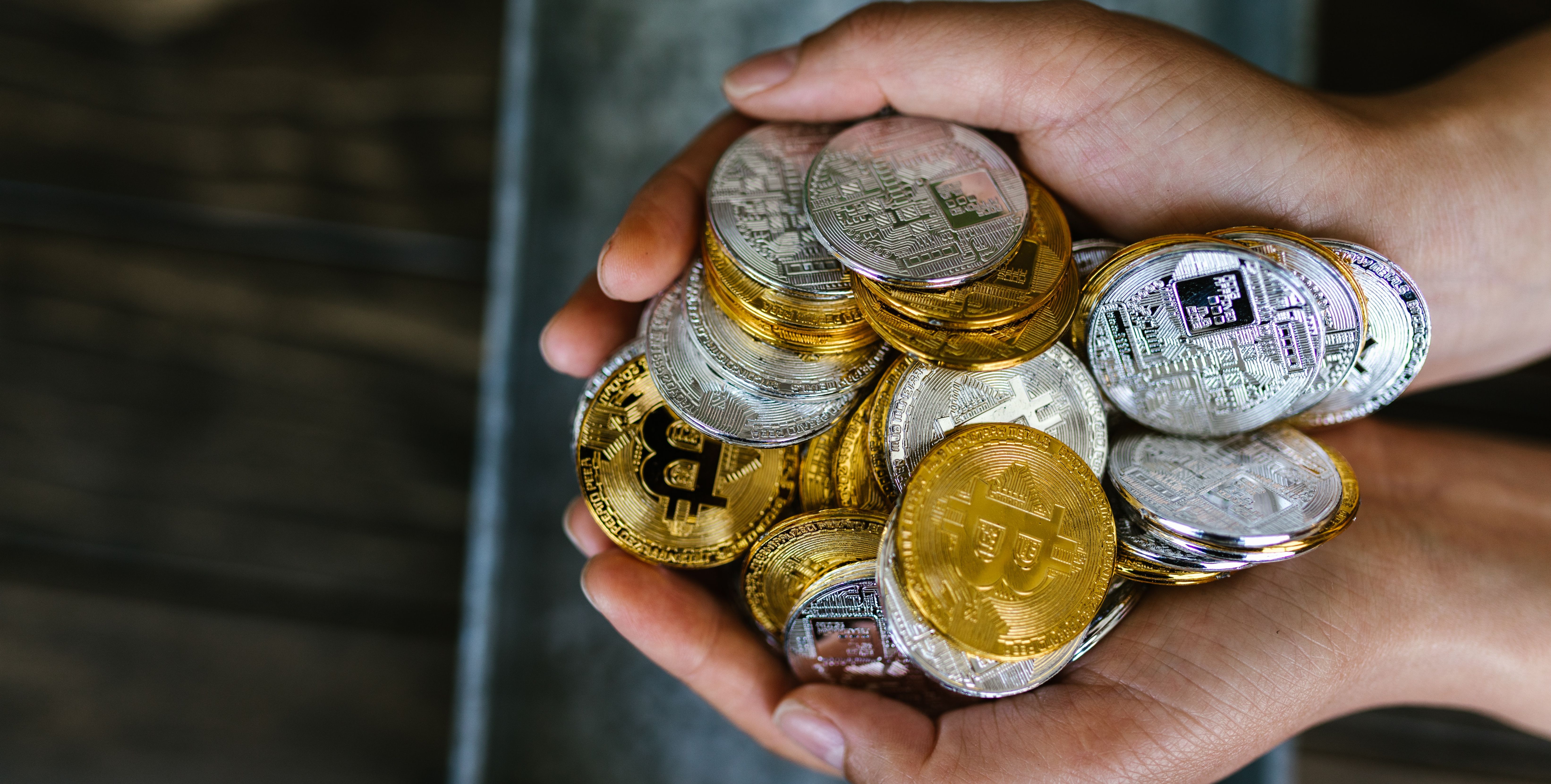Many processes take place in a crypto coin's life cycle. A coin needs to be mined, minted, sold, and can also be staked or burned. Crypto coin burning usually comes at the end of a coin's life, but what exactly does this process involve, and how does it benefit users or investors?
What Is Crypto Coin Burning?
Coin burning is what happens when a coin needs to be taken out of circulation so that it can no longer be bought, sold, staked, or used at all. Any cryptocurrency can be burned, regardless of its supply or value. However, this isn't something that happens to every coin out there.
So, how does crypto burning actually work?
When a coin (or fraction of a coin) is burned, it is transferred to an unusable wallet, and permanently removed from circulation. This means that no one can buy, sell, stake, or do anything else with the burned coin. The end location of the burned coin is called a burn or eater address, and the private keys are inaccessible, meaning the burned coins can no longer be acquired by anyone. Burning a coin is irreversible, and therefore permanent.
While any coin can be burned, it's not necessarily something everyone would want to do. Most individuals wish to either keep, sell, or stake their crypto, not remove it from circulation entirely. Instead, it's usually coin developers who perform crypto burns, usually done in bulk. A number of popular crypto projects have burned mass amounts of coins, including Binance and Bitcoin Cash (we'll get to why this is done a little later).
Burning can also be performed by crypto miners, who are usually responsible for putting crypto coins into circulation in the first place. This is because the burning process is also related to the Proof of Burn (or PoB) mechanism.
The Proof of Burn mechanism involves miners burning coins in order to become fully-fledged miners. In short, the more burned coins, the more coin mining power can be generated. This is why many blockchains have established burning periods that take place on a monthly or yearly basis. PoB is another form of consensus mechanism, like Proof of Stake or Proof of Work, and helps improve the environmental friendliness of crypto.
As you've probably guessed, crypto burning isn't carried out for the sake of it. Some cryptos are highly valuable, so burning them may seem entirely pointless to some. But some key benefits come from coin burning. So, let's discuss why coins are burned at all.
Why Are Crypto Coins Burned?
A particularly uncontrollable element of cryptocurrency is inflation. The crypto market's inflation rates can quickly soar, which can soon become an issue that makes the market less stable. So, through coin burning, the inflation rates within the industry can be curbed.
On the other hand, burning cryptocurrency can help to increase its value. Again, this relates to supply and demand. If there are fewer coins in circulation and the demand exceeds the supply that can be provided, the price will most likely shoot up. Hence why developers often burn huge amounts of their native tokens.
One useful indicator of how burning can affect price comes from Bitcoin Cash. In April 2018, a miner working within the mining pool Antpool revealed that 12 percent of the Bitcoin Cash it mines would be sent to unobtainable addresses. This resulted in a price boost for Bitcoin Cash.
Additionally, crypto giant Binance has been burning millions of its native token, Binance Coin. In October 2021 alone, the company burned over 600 million dollars worth of BNB. On a surface level, one may think that this is a pretty crazy thing to do, given the incredible value of the crypto that was burned.
However, this bulk burning is conducted to control the inflation of BNB, and, of course, a price surge occurring as a result wouldn't be too bad, either. In fact, Binance has been conducting quarterly burns of its native token since 2017, so it's clearly a process that has a positive turnout, right?
In terms of inflation, yes. Binance, and other developers, can control the inflation rates of their tokens by burning them in mass periodically. But, in terms of price hikes, burning isn't always successful.
While Binance continuously burns coins in bulk, it took a while for things to start paying off in terms of value. It wasn't until four years after the first mass coin burning that BNB began to rise considerably in value. In fact, its value didn't even exceed $50 before February 2021. So while BNB is now a pretty valuable coin, it certainly took some time for it to hit its exponential growth phase, despite the routine burns.
On the other hand, some coins just don't need to be burned due to their supply limit. Bitcoin, for example, has a relatively low supply limit of 21 million coins. Because 90% of this total amount is already in circulation, it's expected that, as the limit edges closer, the price of Bitcoin will rise once the supply can no longer meet the demand.
While burning seems to have eventually paid off for Binance or Bitcoin Cash, it doesn't always work that way. Burning cryptocurrency to hike up its value is something of a gamble, especially if the coin isn't hugely popular or the market is currently experiencing a crash or long-term plateau. So, in some cases, developers can end up losing a considerable amount of their native tokens, only to realize it isn't really going to pay off. In short, burning crypto is a decision that shouldn't be made on a whim, especially when it comes to bulk burns.
Crypto Coin Burning Is a Useful but Risky Strategy
Like most things in the crypto world, coin gambling can certainly be a gamble. While it can certainly curb inflation rates and further stabilize the market, using it as a quick price hike tactic can turn out to be damaging to a coin's ecosystem if done at the wrong time. But coin burning itself is certainly an innovative idea, and we'll certainly be seeing more of it in the future.


.jpg)
